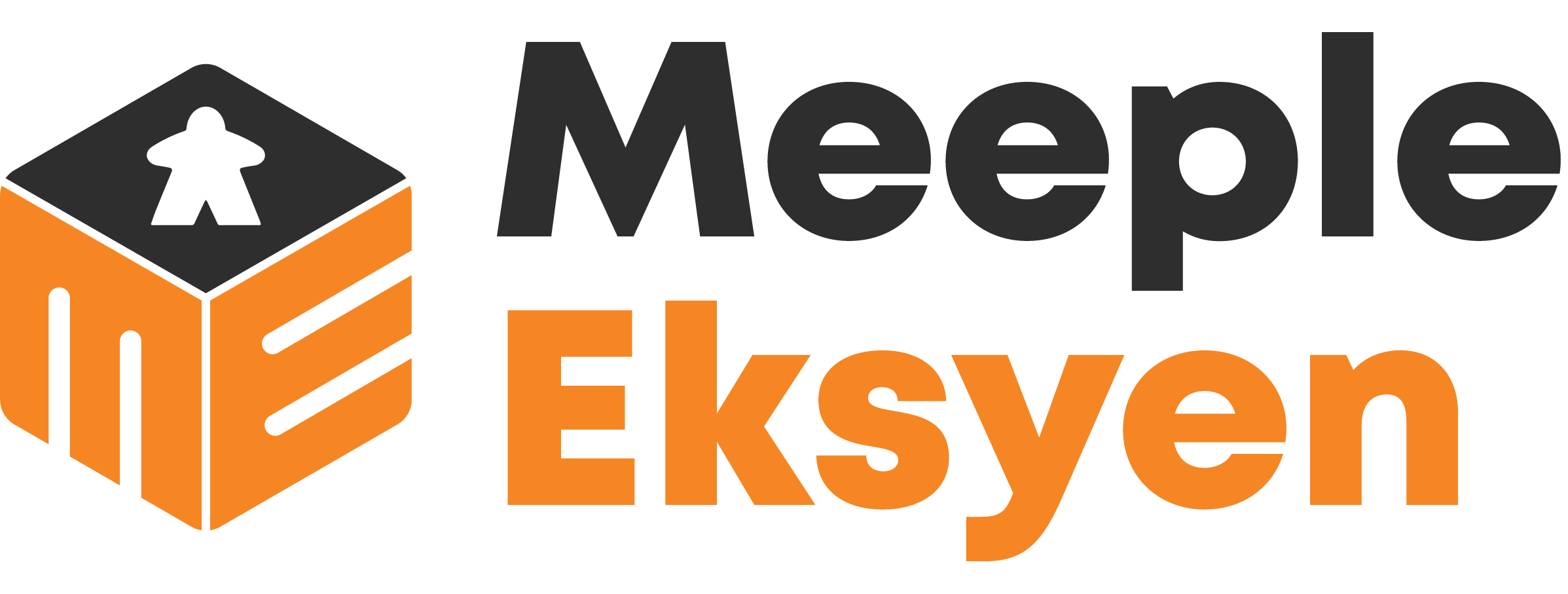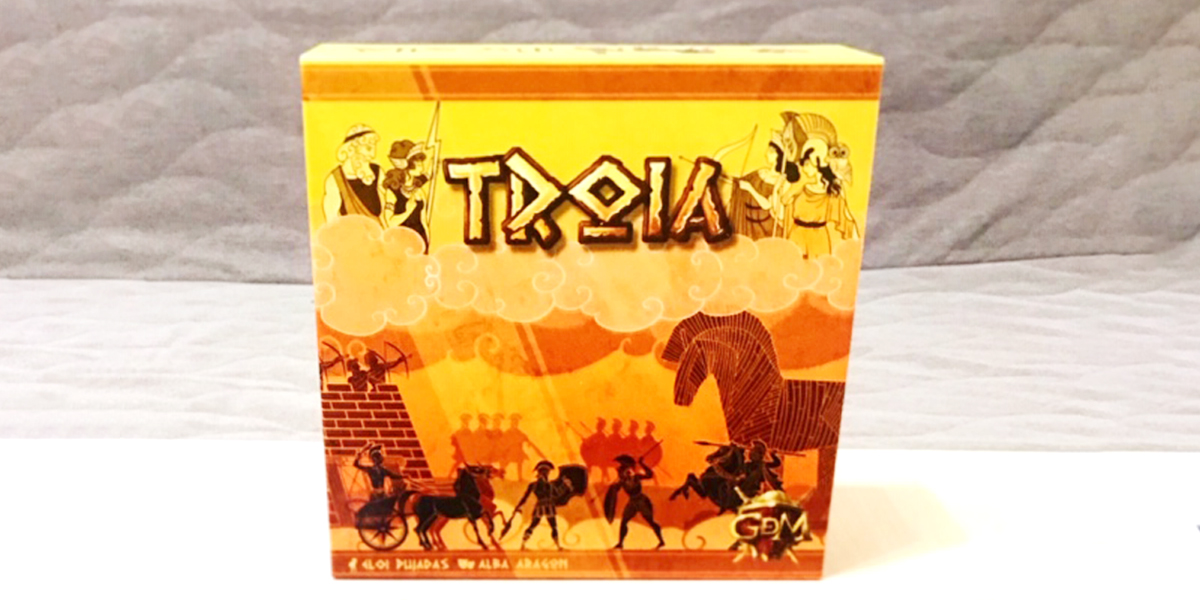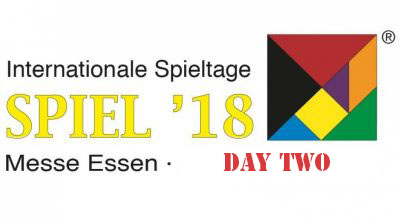Troia is a board game inspired by the Trojan War. This war is one of the most important events in Greek mythology and crowned as one of the most narrated through many works of art. Just like the literature, Troia pits the two big powerhouses, the Greek and Trojan; each player leads one of the states and will try to outwit his/her opponents.
The game is released by GDM Games (Guerra de Mitos, or Myth War), a Spanish company. I contacted Pak to meet in Spiel Essen 2019 because of the artwork. Yes, I know we shouldn’t judge a book (or a game) by its cover but the illustration by Alba Aragon is truly remarkable. Anyway, Troia is designed by Eloi Pujadas. He is responsible for Shikoku and Uxmal.
Troia’s quick overview
The components
Troia is quite a minimalistic board game. It has a common board, heroes’ tiles and its standees, two decks of cards, six different tiles of gods and goddesses. Both heroes’ and gods’/goddesses’ tiles have two sides. Whereas the heroes’ tiles have the same heroes on both sides but with different colours, the gods’/goddesses’ sides vary even more. There are 12 gods and goddesses in this game and we can choose 6 to play with.
The two decks of cards will be your Offering cards. However, the Greek’s will have parts of the Trojan horse depicted in it; the Trojan’s will have their heroes, Paris and Hector.
The board
The board is divided into two parts: the Olympus area where the gods and goddesses reside and the earthly area where the war happened, just like in Iliad by Homer. While the entities sat nicely in Olympus, they watched both the Greek’s siege on Troy. Who will emerge victoriously?
Troia’s earthly area is divided into the Combat area (central), Defence areas, and Protection areas. Besides them lies the four sections depicting the journey of Hector and Paris to defend their city.
How to play Troia
On his/her turn, a player may choose to draw two cards or to make offerings to deities. To make an offering to deities, a player must choose a deity and then play one or more Offering cards with at least one symbol that matches the symbol of the deities. The number of symbols must match the number beside the chosen deity. Afterwards, move the deity to your closest position (to the bottom, from your point-of-view). While moving this one down, move up other deities.
Your offering will grant hero movements on the battlefield. You can only move hero that matches the offerings to the deity in this turn; it’s different from Trojan’s and Greek’s side. If your offering symbol matches the deity’s number, your hero may move up to 2 spaces; if you have at least 1 offering symbol, move only 1 space.
The Greeks built the Trojan Horse
When there are two heroes standing in the Trojan’s Protection area, then the player who takes the Greek’s side may build 1 part of the Trojan Horse. The next time he/she builds another one, it should be a different part. The parts can be built in any order.
Hector and Paris marched to the Greeks’ ships
When the Greeks built the famous Trojan Horse, two heroes of Troy secretly marched toward the Greeks’ ships. Whenever two heroes take their steps on the Protection area of the Greek, the Trojan must discard Hector and/or Paris cards based on the token and sections besides the earthly area on the board. Then, move the token one section ahead.
Troia’s end game
The game ends when the Greek player has built the last part of the Trojan Horse or when the Trojan’s side has moved the tokens to the last sections on the board. The end-game triggers as well when there are no more cards on any player’s deck. When this happens, compare which progress from both sides is more advanced. If there’s a tie, the player with the most heroes on the opponent’s area wins the game.
Opinion
First impression, components, and theme
Troia’s cover radiates the warmth of Greek’s ancient pottery and its artwork, illustrating heroes and deities not only on the cover but in all components of the game. The artwork suits the theme really well, too. I would not be that impressed if they had gone with something cartoon-ish style to depict the most crucial war in Homer’s masterpiece.
Jumping to the board now, the illustration still leaves the same strong first impression as the cover. It remains bold yet you can still understand the border between all things here.
The standees and the tiles are a-okay material-wise. I would really buy another one if they offer a deluxe version with miniatures instead of the usual carton tiles.
Gameplay
Troia is an area movement board game with a touch of (somehow seems like) set collection mechanic. It is more visible in the Greek’s side, but discarding the specific cards to advance the Trojan’s heroes counts, too!
You will need to spare around 20-30 minutes to play this game. It is more tactical than a strategy game. Well, of course, it is, because you don’t always get the Offering cards you need and you must adapt to it.
Notable good things
The discard pile will not be shuffled back to build a new Offering deck so players must be efficient with what resources they have in hand. I also like that you have to discard Offering cards to build the Horse or to reach the Greeks’ ships. It means you have to have the cards always handy.
Both players don’t have their own heroes and instead, they share the same heroes on the earthly area. This means you cannot just blindly advance your heroes; you should also prevent your opponent to march to your Protection area.
Troia is quite well-balanced as well. The ability to move a hero two steps when paying the right amount of Offering cards might sound omnipotent but the aggression can still be hindered by using the deities’ effects. For instance, if your opponent has advanced a hero to your Defence area, you can still activate Ares’ ability to move that hero back to the Combat area. It is noteworthy to mention that some skills can be used to advance heroes for aggressive purpose, too, but I don’t find it a bad thing.
I think the reason behind the two-steps movement is also to keep Troia to be a fast-paced game.

Replayability
Six tiles of gods and goddesses and with one on each side, it makes twelve to play with. The randomness from the Offering card decks and the moving gods and goddesses tiles will also add to Troia’s replayability value. I’m sure every game will not be the same.
What can be improved in Troia
Starting from the cosmetic… I’d appreciate if the board is not only enjoyable to be seen from the Greek’s side, though. I mean, you can somehow rotate the artwork from Trojan’s side so the player shouldn’t see it upside down. It’s a minor thing but I am sure it will improve the gaming experience.
Troia’s main attribute is the set collection and during our games, it somehow became quite a race. Thus, momentum is pretty fundamental in the game. I found that Greek gained a huge advantage by being the first player. Perhaps, it would be great to give the Trojan a special bonus to balance this aspect.
Verdict
Troia is a very fast-paced board game for two. The asymmetric aspect is also interesting because each player has his/her own way to win the game. Both sides would race to finish the objective to win the game. The game is not complicated and not really that deep. The player interaction feels quite intense because you share the heroes and deities, moving them to help you win the game or deter your opponent to advance. Troia would be a good addition for your filler or as an option for board game couples out there.
I am a full-time food technologist during weekdays. However, when the calendar hits weekends, I transform into an avid board gamer. I am a hardcore Legend of the Five Rings (L5R) LCG player from Fantasy Flight Games (FFG). Current hobby: buying board games. My shelf of shame’s list is getting longer, thanks to you, Kickstarter.











